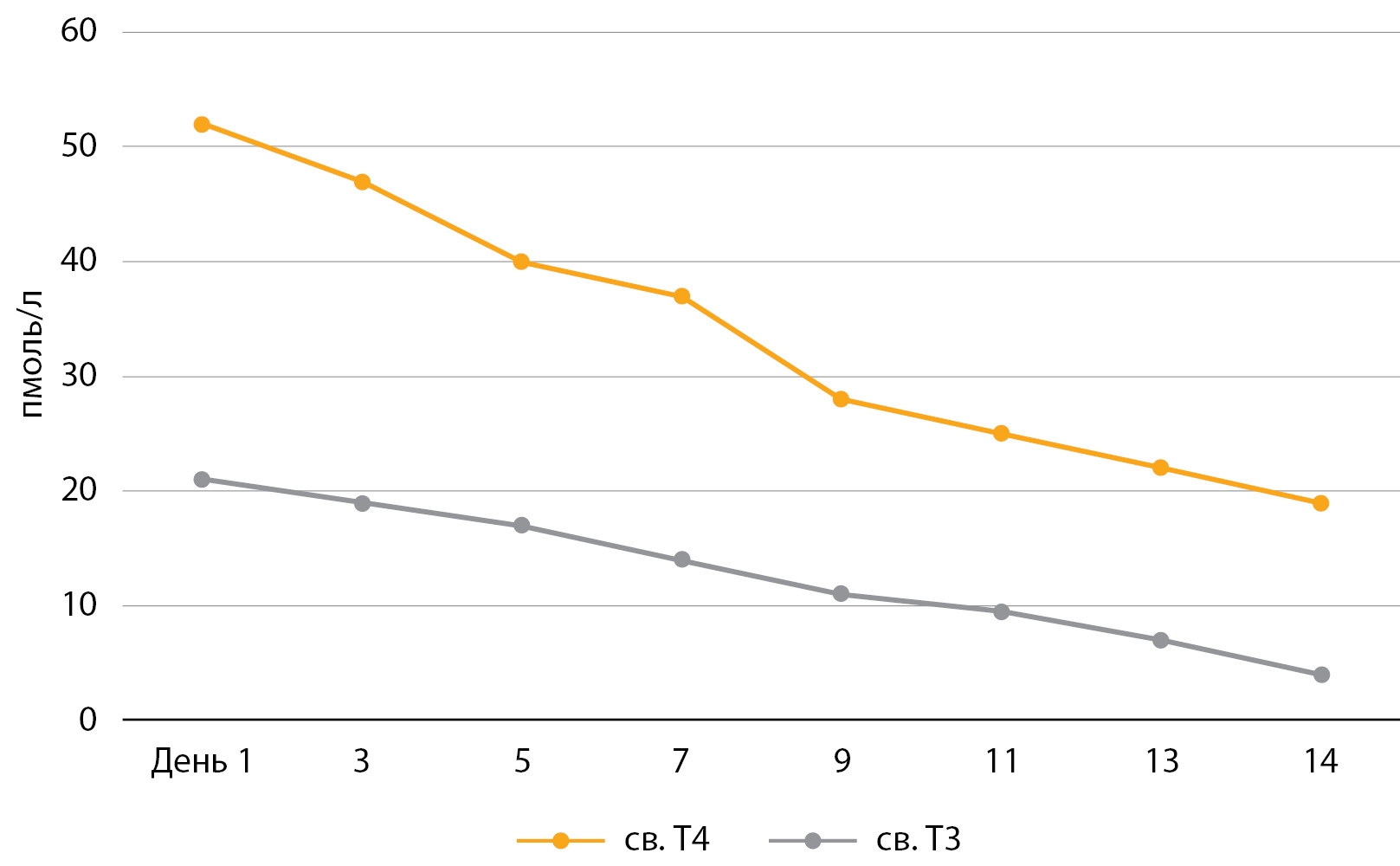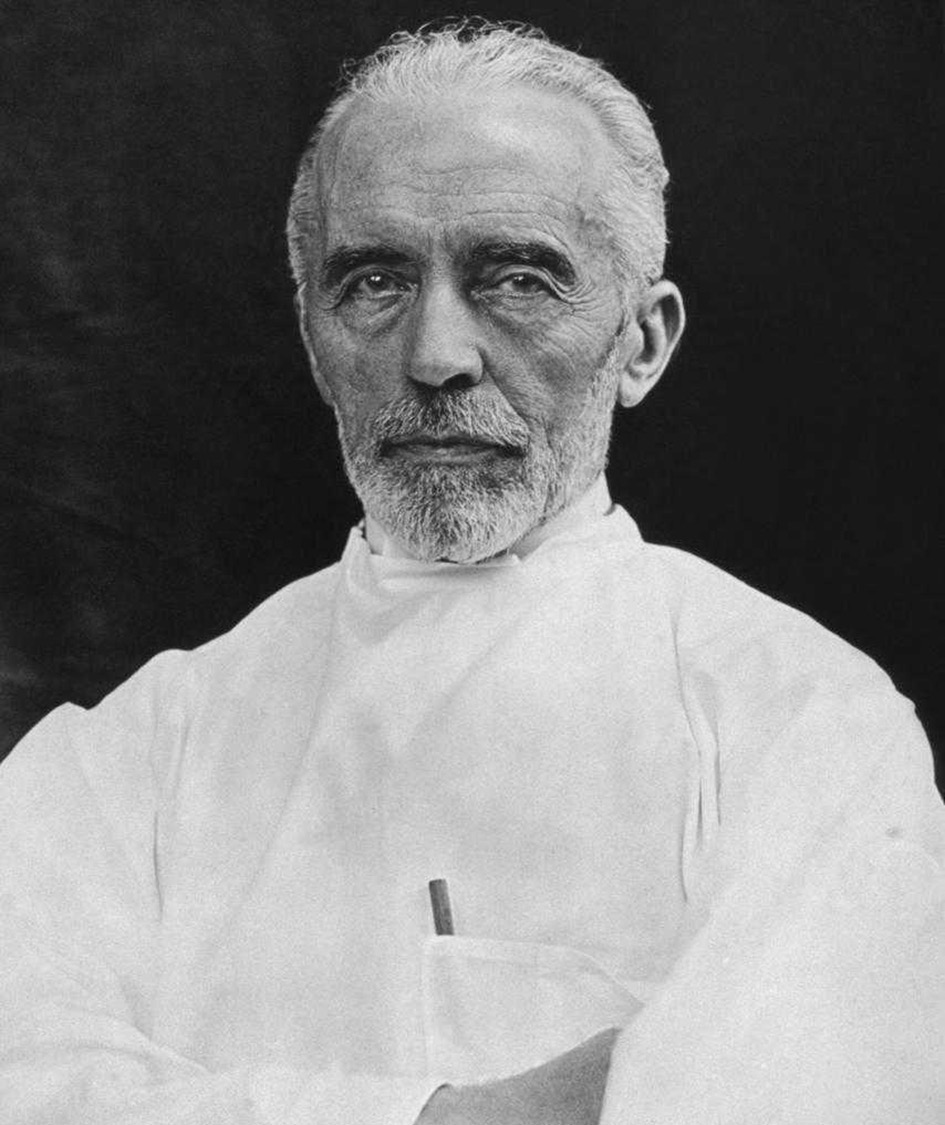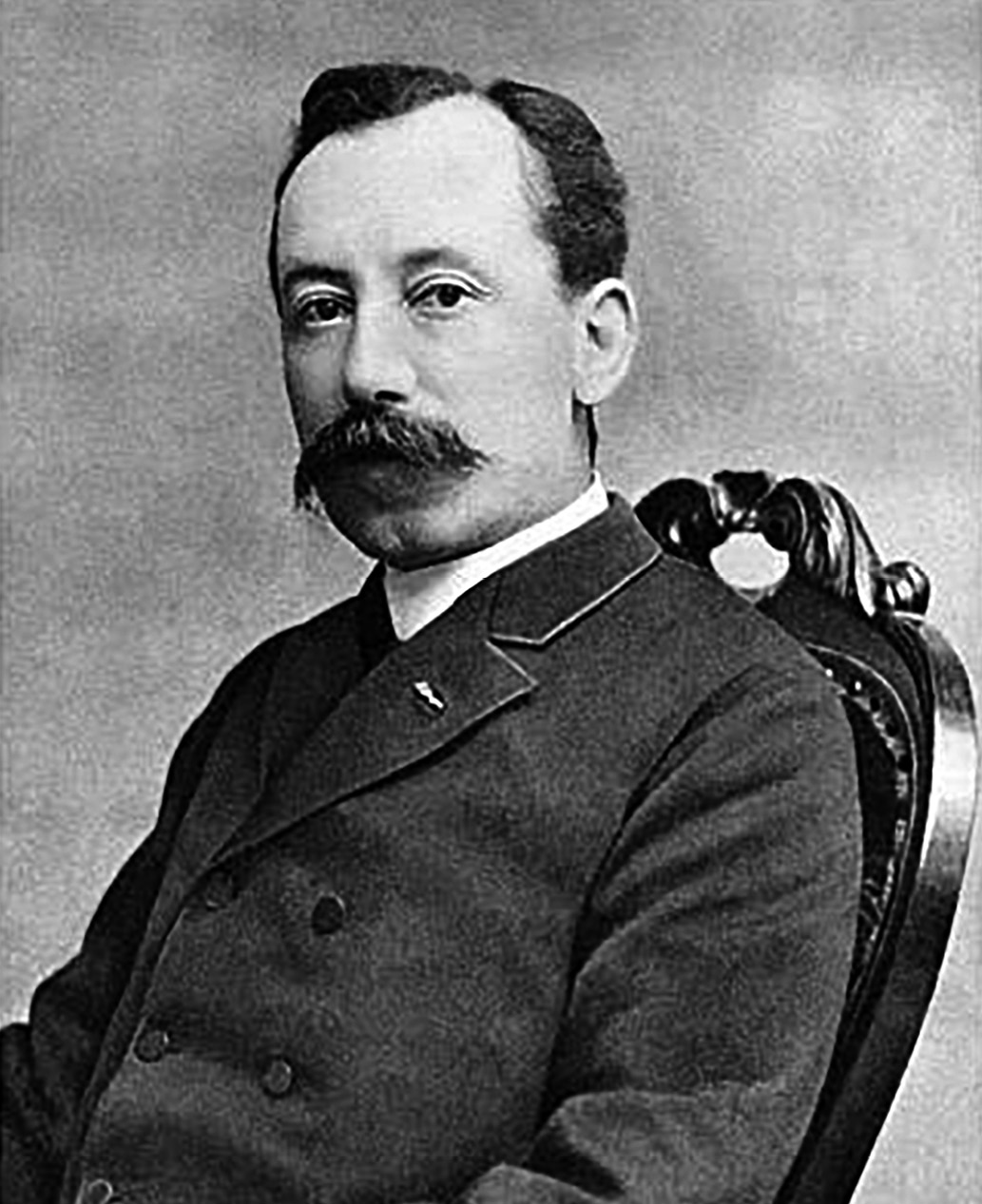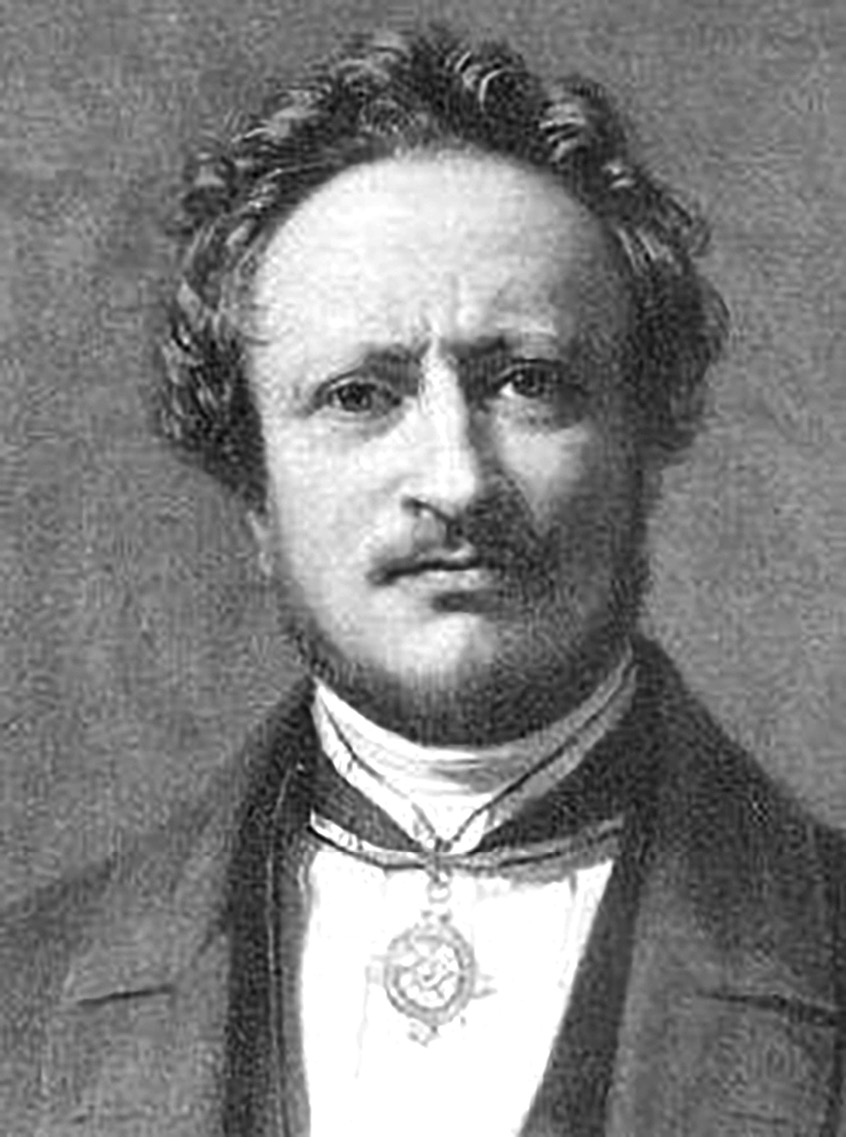Jacques-Louis Reverdin is a famous Swiss surgeon, scientist, and entomologist of the nineteenth century. He made a considerable contribution to the development of transplantology — he was one of the first to publish work on allotransplantation, performing the so — called “skin grafting”, urology — he defended his thesis on urethrotomy, endocrinology- he performed surgical operations for the treatment of goiter, observed and described the symptoms of iatrogenic hypothyroidism, introduced the concept of postoperative myxedema. For thirty-four years, he led an active surgical practice, thanks to which he described a large number of operations (the most famous are operations on the thyroid gland), introduced a surgical suture and needle, which are still used today. During the Franco-Prussian war, he commanded a Swiss ambulance. He was a proponent of Lister’s method of asepsis and antiseptics, and introduced it in hospitals in Geneva. He was engaged in teaching and research, and was nominated for the Nobel prize three times. He received the Amuss prize of the Academy of Medicine, the prize of the Paris Academy of medicine for his work on urethrotomy, founded the Revue Medicale de la Suisse Romande, and was a co-founder and later President of the Association of physicians of Geneva. Honorary member of the entomological societies of Switzerland, France, England and Brazil.













































